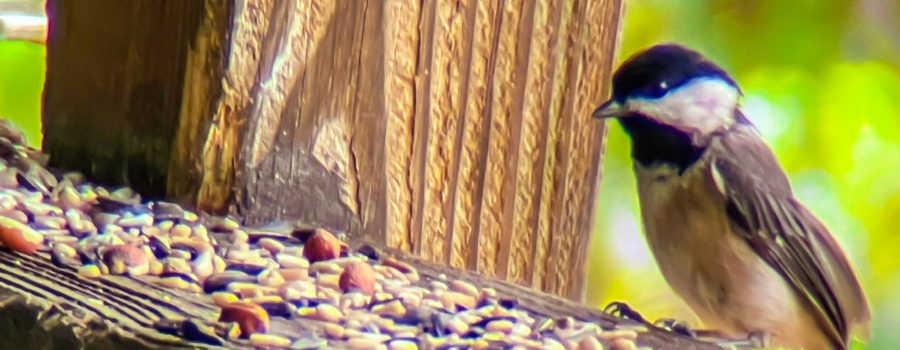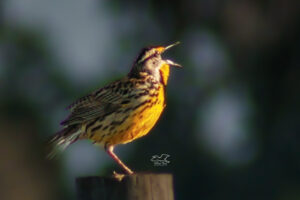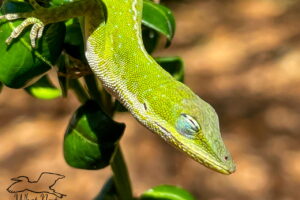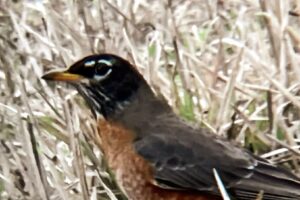The Carolina Chickadee is a Fun and Interesting Backyard Friend

Down here in central Florida we tend to have quite a few beautiful and interesting birds. I’ve been a birder for years (since my graduate school days) and had an interest in exotic birds long before that. One of my first pets was a cockatiel when I was still in college. She lived a long life with me and traveled much of the south and the Midwest before we finally settled here. Everywhere I’ve lived I always set out a bird feeder so I could see more of the various birds and watch their activities and interactions. This place is no exception. I have a feeding station behind my house on the back porch. It’s covered so that the birds have some safety while they feed. Besides plenty of songbirds we have plenty of birds of prey, too. Although I know that everyone has to eat, I also know that by setting up a feeder I’m alternating nature and attracting birds to a place they might not normally go. If I’m going to do that, I feel like I should make it as safe as possible (also why my cats are strictly indoors).

One of my favorite visitors to the feeder are the Carolina chickadees. They are cute little birds that often come down to the feeder in small groups. They’ll hop around, grab a few seeds, and head off again. Sometimes they eat the seeds, but sometimes they store them away, too. They are also quite happy to help themselves to the suet blocks and any fruits or veggies that I put out. These chickadees are omnivores and they will eat a highly varied diet. In the spring and summer when fruit, berries, and seeds are plentiful those items make up the majority of their diets. In fall and winter they eat more insects, caterpillars, and sometimes even spiders. That’s also when they take advantage of those stored seeds.

Carolina chickadees are kind of the southern version of the black capped chickadee which generally prefers a cooler climate. The black capped chickadee has a large range across most of the northern United States, while the Carolina chickadee is only found in the southeastern US. The Carolina chickadee can be found as far north as Pennsylvania and New York, and as far west as Texas. Where the two species overlap they can interbreed and will mimic each other’s songs, making it difficult for birders to tell them apart! In general, the black capped chickadee has a bit more rusty coloring under the wings and on the chest (but interbred birds can look like either!). Down here, things are a bit easier since we only have the Carolina version.

There are several reasons that I really like these little guys besides just the fact that they are adorable. They tend to be pretty social and aren’t put off by other birds at the feeder. Like I said earlier they often come to the feeder in small groups, but they will also feed with the tufted titmouse, cardinals (who tend not to like sharing!), the ground doves, Carolina wrens, and a variety of warblers and sparrows. They will even sometimes grab a couple seeds, sometimes literally on the fly, while the squirrels are eating. I have read that these guys are pretty easily tamed to eat from the hand, but I don’t want my wildlife getting that used to people.

These chickadees tend not to migrate a lot, so we are lucky enough to have them around all year. With their pretty coloring, outgoing personalities, and interesting habits they are always loads of fun to watch. And, you don’t need to live in the woods to have these guys around. They will also live in suburbs or even large cities if there are wooded areas for them to nest in. So if you’re a lover of birds, and have a safe place, consider putting out seed, suet, or both and enjoy the antics of the chickadees!





Recent Comments